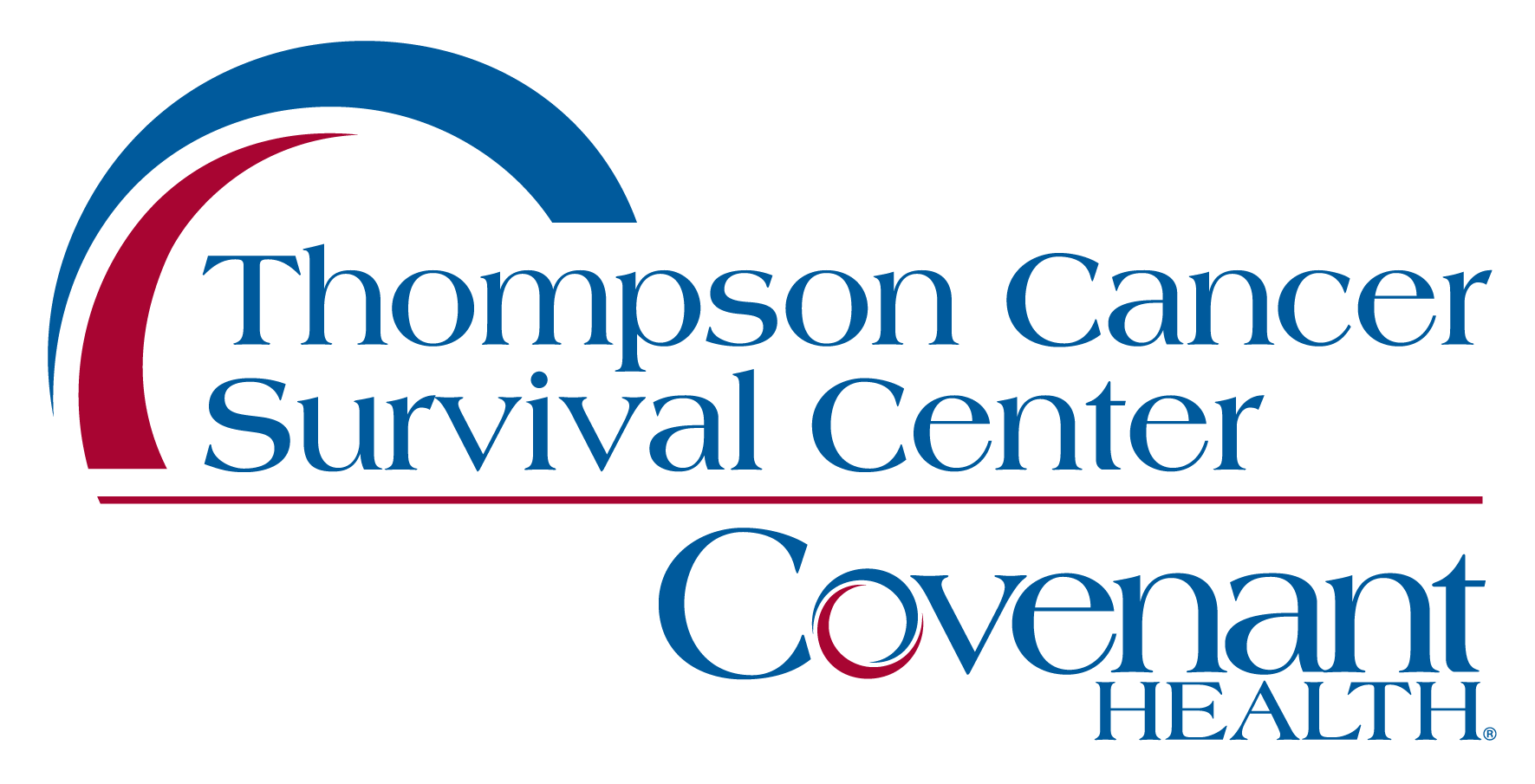Breast Cancer
More than 255,000 women are diagnosed with breast cancer in the United States each year.

Approximately one out of every eight women either has breast cancer or will develop the disease in her lifetime. In rare cases, men have less than one percent risk of developing the disease.
Breast cancer most often develops in the lobules which contain the breast’s milk-producing glands or in the ducts which carry milk to the nipples. When breast cancer is detected and treated early, it is usually not life-threatening.
Types of Breast Cancer
Ductal carcinoma is cancer which begins in the ducts which carry milk from the bulbs which produce milk to the nipples. This is the most common type of breast cancer.
Lobular carcinoma is cancer which begins in the lobes or lobules which contain the bulbs which produce milk. Lobular carcinoma is more likely to develop in both breasts than other types of breast cancer.
Inflammatory breast cancer is a relatively rare form of breast cancer in which the breast becomes red, swollen and warm to the touch.
Breast Cancer Risk Factors
To find out if you’re at risk for developing breast cancer, take this brief risk assessment.
Risk Factors That Can’t Be Controlled:
- Age over 60.
- Beginning menstruation before age 12
- Beginning menopause after age 55
- Never giving birth
- Older age when first giving birth
- Family history of breast cancer (especially mother, sister or daughter)
- Genetic changes, especially in the BRCA 1 and BRCA 2 genes
- Radiation treatment of the chest or breast
- Dense breast tissue
- Caucasian race
- Breast disease or previous breast cancer
Controllable Risk Factors:
- Taking estrogen or progesterone
- Drinking alcohol
- Obesity after menopause
- Not getting enough exercise or physical activity
Breast Cancer Warning Signs
- A lump in the breast or armpit
- Sore or tender nipple
- A change in the size and/or shape of the breast
- An inverted nipple (turned into the breast)
- Scaly, red, swollen, ridged or pitted skin of the breast, nipple or areole
- Fluid discharge form the nipple
- Breast pain (Seldom – but occasionally – a breast cancer warning sign)
Male Breast Cancer
Although breast cancer does strike men, it is rare. Less than 1% of all breast cancer patients are men.
Types of Breast Cancer in Men
- Men get some, but not all, of the types of breast cancer which women get. The effects of the diseases and staging are like those for breast cancer in women.
- Infiltrating ductal carcinoma is the most common breast cancer in men.
- Ductal carcinoma in situ also occurs in men.
- Inflammatory breast cancer also occurs in men,
- Lobular carcinoma has not been reported in men.
Risk Factors
- Age. Most men diagnosed with breast cancer are between 60 and 70.
- Exposure to radiation.
- Disease which causes high levels of estrogen in the body, such as cirrhosis.
- Having several female relatives who have had breast cancer.
- Having one male relative who has had breast cancer.
- Prior breast cancer.
Screening
Self-examination is as effective for early detection in men as in women.
Diagnosis, Staging and Treatment
Male breast cancer is diagnosed, staged and treated almost exactly like breast cancer in women.
Helpful Links
Take this brief breast cancer risk assessment.
To learn more about breast cancer screening, watch this video.
To learn more about a breast biopsy, watch this video or listen to this podcast.
To learn more about mammograms, listen to this podcast.

